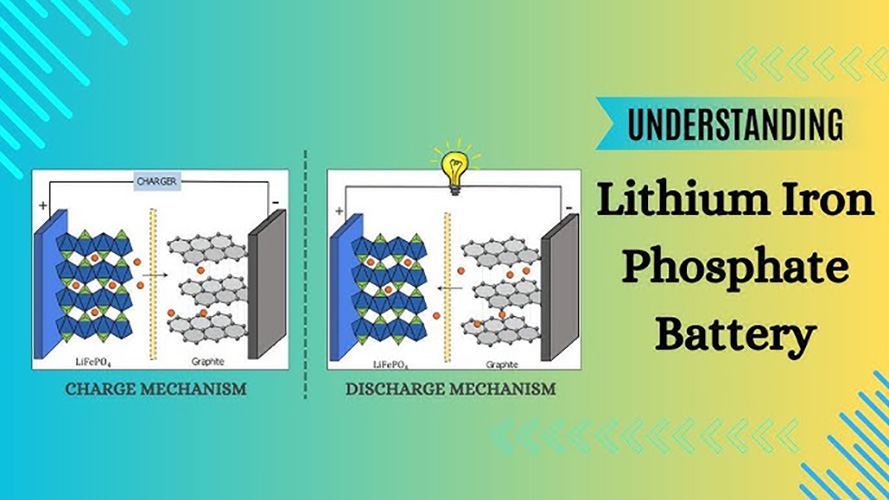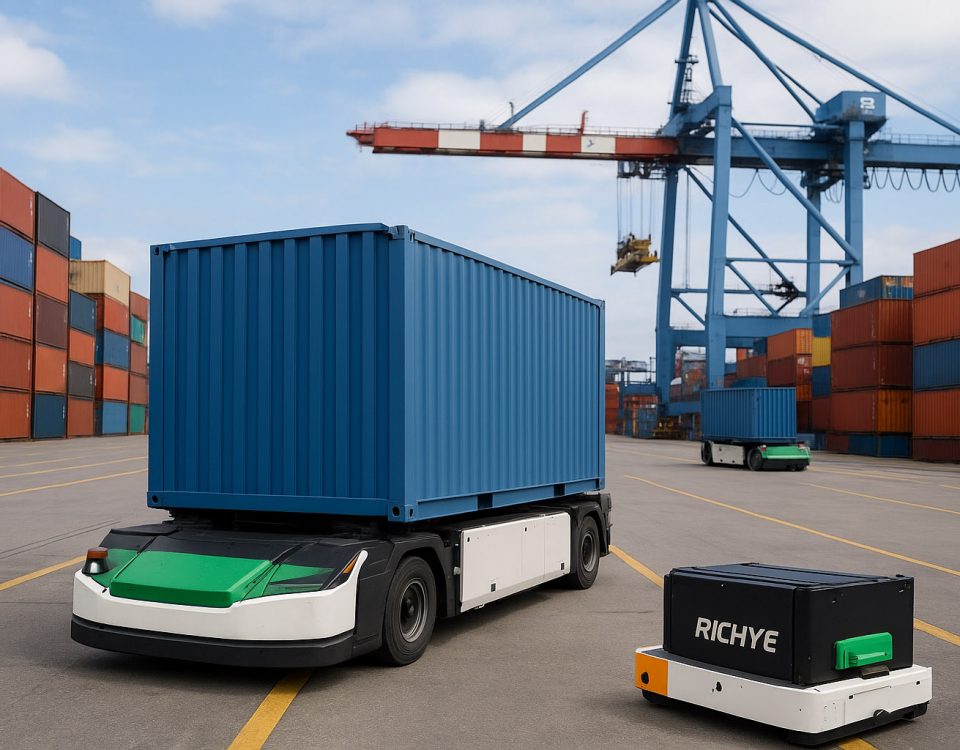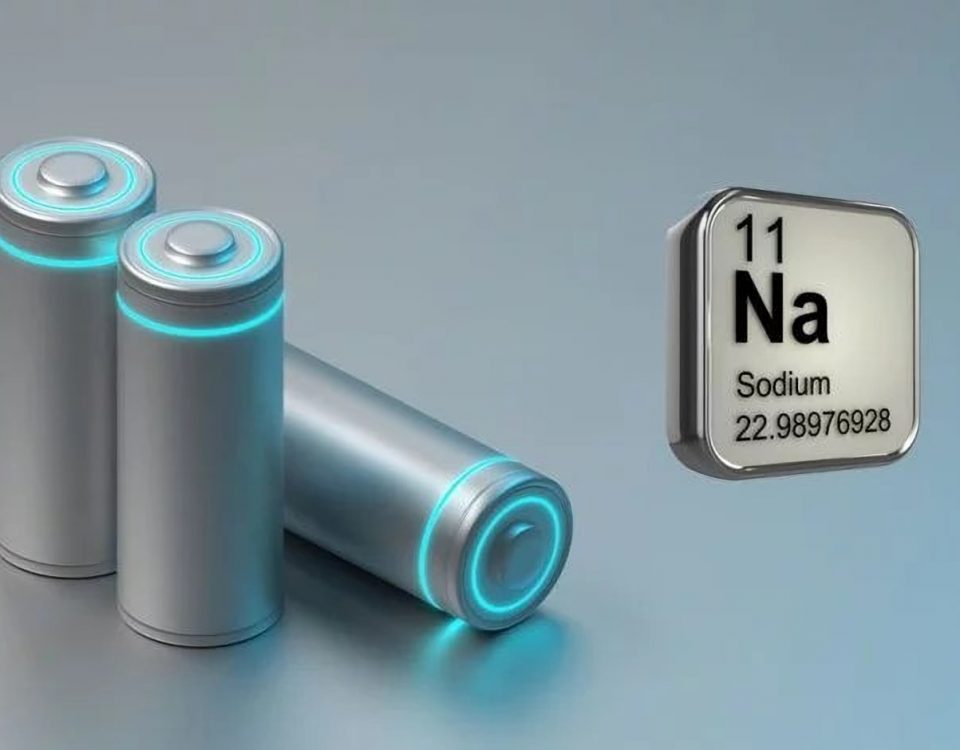Introduction: Understanding LFP Battery Charging and Discharging Mechanisms
Lithium Iron Phosphate (LFP) batteries have become a preferred choice for various applications, from electric vehicles to energy storage systems, due to their excellent safety profile, long lifespan, and cost-effectiveness. However, optimizing their charging and discharging efficiency is crucial to unlocking their full potential. This article explores key factors influencing these processes and provides actionable insights to enhance battery performance.
Factors Influencing Charging Efficiency
1. Temperature Effects
Temperature plays a critical role in LFP battery charging efficiency. Extreme temperatures, particularly cold conditions, can slow down ion movement, increasing charging resistance and reducing overall efficiency. Studies indicate that LFP batteries perform best within an optimal temperature range of 15°C to 45°C. Thermal management systems are essential to maintain optimal performance, particularly in colder climates.
2. Charging Rate and Voltage Control
Charging an LFP battery too quickly can lead to increased internal resistance, heat generation, and potential degradation. A well-regulated charging process typically includes:
-
Constant Current (CC) Phase: A steady current is applied until the battery reaches a specific voltage limit.
-
Constant Voltage (CV) Phase: Voltage is held constant while the current gradually decreases. Using a balanced charge rate (e.g., 0.5C to 1C for standard applications) ensures maximum energy absorption without compromising battery health.
3. State of Charge (SOC) Management
Avoiding deep discharges (below 20% SOC) and overcharging (above 90% SOC) helps maintain efficiency. Keeping LFP batteries within a moderate SOC range extends their cycle life and reduces energy losses.
Enhancing Discharge Efficiency: Minimizing Internal Resistance
1. Understanding Internal Resistance
Internal resistance in LFP batteries results from ion transport resistance, contact resistance, and electrolyte conductivity. High resistance leads to energy losses in the form of heat, reducing discharge efficiency and overall battery performance.
2. Electrode Material and Design Optimization
Battery manufacturers continuously improve electrode materials and structures to minimize resistance. Enhancements in carbon coating technology, nano-structured cathodes, and improved electrolyte formulations significantly reduce resistance and enhance discharge rates.
3. Proper Battery Maintenance
-
Regularly balancing battery cells ensures uniform charge distribution.
-
Preventing prolonged storage at high SOC reduces internal degradation.
-
Keeping terminals and connectors clean minimizes contact resistance.
The Role of Battery Management Systems (BMS) in Optimizing Efficiency
A Battery Management System (BMS) is essential in monitoring and optimizing the charging and discharging process. Key functions of a BMS include:
-
Real-time Monitoring: Continuously tracks voltage, current, and temperature to prevent overcharging and deep discharges.
-
Thermal Management: Regulates battery temperature to maintain efficiency.
-
State of Health (SOH) Estimation: Predicts battery lifespan and alerts users to potential performance degradation. By leveraging advanced BMS technology, users can enhance energy efficiency, reduce energy losses, and prolong battery life.
Case Study: Real-World Application of LFP Battery Optimization
A leading electric forklift manufacturer adopted LFP batteries for their fleet but initially experienced suboptimal charging efficiency and rapid battery degradation. By implementing a customized charging protocol, optimizing temperature management, and integrating a high-precision BMS, the company achieved:
-
15% improvement in energy efficiency
-
30% increase in overall battery lifespan
-
Significant reduction in downtime and maintenance costs This real-world example highlights the importance of optimizing charging and discharging practices to maximize LFP battery performance.
Conclusion: The Future of LFP Battery Efficiency
As demand for LFP batteries grows, continued advancements in charging technologies, thermal management, and battery chemistry will be essential in overcoming existing challenges. By adopting best practices in charge management, minimizing internal resistance, and leveraging intelligent BMS solutions, businesses and consumers can unlock the full potential of LFP batteries.
เกี่ยวกับ RICHYE
ริชชี่ is a professional lithium battery manufacturer, offering high-quality, high-performance, and cost-effective LFP batteries. With a strong focus on safety, durability, and energy efficiency, RICHYE's batteries are a trusted choice for electric vehicles, industrial applications, and energy storage solutions worldwide.




